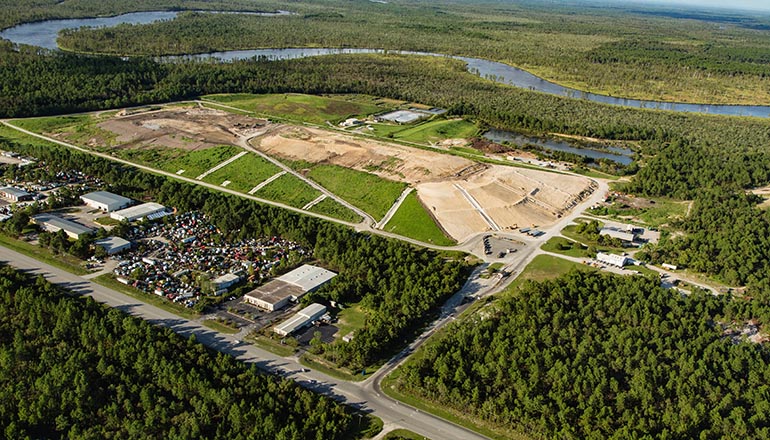Eight state agencies will receive funding to study the environmental impacts of PFAS contamination.

The U.S. Environmental Protection Agency (EPA) announced approximately $6 million to fund research by eight organizations to expand the understanding of the environmental risks posed by per- and poly-fluoroalkyl substances (PFAS) in waste streams and identify practical approaches to manage the potential impacts as PFAS enters the environment.
“As we work collaboratively, EPA recognizes that effective approaches to understanding and controlling PFAS may call for innovative approaches to research,” said EPA Regional Administrator Pete Lopez in a statement. “Through these specific grants, EPA is taking a proactive approach to address PFAS contamination when found in landfill leachate and municipal wastewater discharge across the country. These research grants will help expand our knowledge about PFAS and ways to help states, tribes and local communities make decisions about PFAS.”
EPA recently released its PFAS Action Plan, which identifies both short-term solutions for addressing PFAS chemicals and long-term strategies that will help provide the tools and technologies states, tribes and local communities need to clean up sites and provide clean, safe drinking water to their residents.
The eight recipients receiving this funding through EPA’s Science to Achieve Results Program include:
New York State Department of Health—Health Research Inc., Menands, N.Y.: to build a dataset by analyzing samples from approximately 150 landfills in the state of New York. This data will be used to understand the types and concentrations of PFAS that are found in and around landfills, as well as the key landfill attributes that contribute to release of PFAS.
North Carolina State University, Raleigh, N.C.: to collect landfill gas samples from more than 400 landfills across the U.S. to determine if PFAS from landfill gas is a significant source of PFAS released into the atmosphere.
University of Florida, Gainsville, Fla.: to study the role of waste type, management strategies and treatment methods on the occurrence, source and fate of PFAS in landfills. The study will identify the sources of PFAS compounds in the current U.S. domestic waste stream using laboratory-scale batch leaching and landfill simulation studies.
Clemson University, Clemson, S.C.: to examine the chemical process for the destruction of PFAS in leachate and groundwater. This project will assess degradation kinetics, test hypothesized process modifications and conduct trials of leachate treatment.
Purdue University, West Lafayette, Ind.: to develop methods to decrease PFAS concentrations in both municipal wastewater treatment plant effluent and sludge. The study will determine the technical and economic feasibility of using a treatment approach consisting of nanofiltration followed by electrochemical oxidation.
Texas A&M AgriLife Research, College Station, Texas: to investigate the feasibility of electron beam technology for the destruction of PFAS compounds during the remediation of groundwater, wastewater, sewage sludges and soils.
Texas Tech University, Lubbock, Texas: to identify and quantify the occurrence of PFAS in landfill leachate, investigate the fate of PFAS passing through typical landfill liner systems and test the ability to break down PFAS in landfill leachate using soundwaves.
University of North Dakota, Grand Forks, N.D.: to develop practical strategies for removing legacy and emerging PFAS from leachate and groundwater by studying the adsorption, desorption and biodegradation of PFAS and precursor compounds in landfills.
PFAS are a group of synthetic chemicals that have been in use since the 1940s. PFAS are found in a wide array of consumer and industrial products. Due to widespread use and persistence in the environment, most people in the United States have been exposed to PFAS. EPA continues to evaluate the potential risk of these compounds to human health and the environment, but there is evidence that chronic exposure above specific levels to certain PFAS may lead to adverse health effects.
PFAS have been found in solid waste, landfills and surrounding environmental media (soil, groundwater), leachates, landfill gas, wastewater effluents and biosolids. However, current treatment options are limited, as many conventional treatment methods are ineffective. In funding these projects, EPA is specifically supporting research to identify or develop innovative methods to treat or manage PFAS before it enters the environment to minimize its risks to humans and ecosystems. The resulting data will help researchers understand the occurrence, fate and transport of PFAS and identify methods or technologies to better manage PFAS-containing waste.
About the Author(s)
You May Also Like


